I'm a huge advocate for the bullet journaling system. In the six years that I've followed the system, it has completely changed the way I organize and keep track of things.
When I started, I wanted to connect with others and create an area for inspiration. Hence, @bujobeauties on Instagram was born. In these years of moderating the account, I've seen the trends and have been asked several questions.
The most common question is how to start a bullet journal and how to setup a bullet journal. I also get asked about supplies and "rules" of bullet journalling.
This beginner-friendly post is the only guide you need to fully help you set up your first bullet journal and it also addresses frequently asked questions.
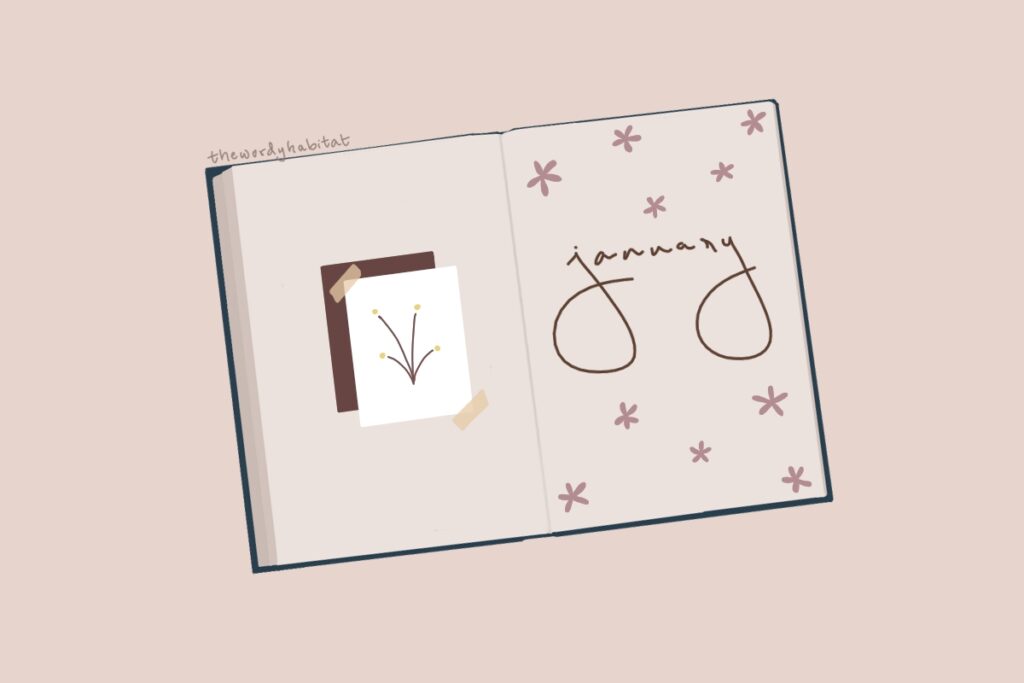
what is a bullet journal?
Despite it's increasing popularity in recent years, most people still don't know what a bullet journal is.
A bullet journal is a customized planner based on the system of bullets. Tasks, events, ideas, etc. are written in one notebook using some templates to organize your life better.
Think of it as to-do lists taken to the highest level.
Each bullet journal is customized for the individual. Most people make their own spreads and pages in their bullet journals but you can also use printables that are available online.
For more info, you can check out the official bullet journal page or the creator’s YouTube video.
why you should use a bullet journal
There are multiple benefits to using a bullet journal in place of a regular planner.
- They are customized to your needs. Regular planners are rigid due to set pages as they are created keeping the general public in mind. This means that they are unable to accommodate your specific requirements and hence they are not fully helpful. A bullet journal will work for all of your needs.
- All organization in one place. Most people generally have regular items in their planners, reminders in their phones, and random notes on pieces of paper. Although it might look like it's working, that distributed organization system is not very helpful as you have to update multiple places. A bullet journal can contain everything in one notebook, making it easier for you to keep track of all areas of your life.
- It can be a creative outlet. Many people (including myself) have taken to drawing and doing a bit of art in their bullet journal spreads. It is not necessary but it has become a small creative outlet in our busy days where we can't do full-blown creative projects.
- It is away from technology. Digital bullet journalling is a thing but most people use regular notebooks. Bullet journalling for even 10-15 minutes a day guarantees a little bit of time away from screens. I love keeping a bullet journal because it is the one time that I'm not required to see screens to get things done.
- It is flexible. Regular planners are rigid with only organizational pages. Since bullet journals are yours to make and use, you can add whatever you want in them. For example: pages about TV shows, quotes you love, your current playlist, etc. It has no rules and can be whatever you want it to be.
Bullet journalling is so popular because it works for everyone. Each person's bullet journal is different but its one system that fits everyone's needs. And that is the biggest reason why you should start a bullet journal.
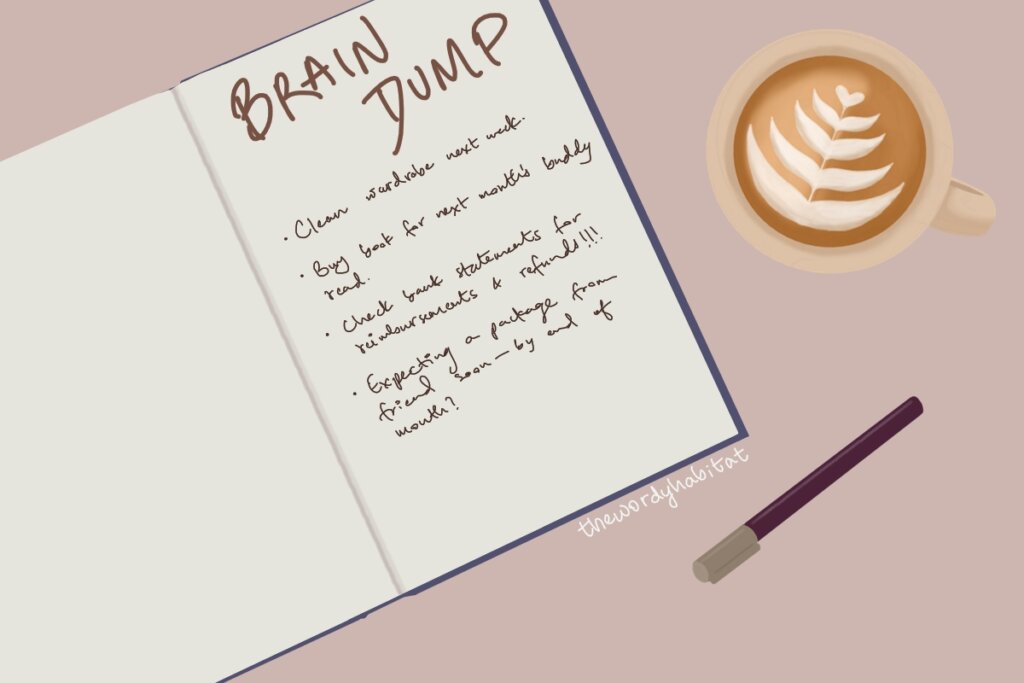
how to start a bullet journal
Starting a bullet journal is very easy. It doesn't require much supplies or time to setup.
1. collect tools for bullet journalling
The only things you need for bullet journaling are a notebook and a pen. You can do everything with just these two things and nothing else.
Essentially, you're just writing and drawing lines in the notebook. A regular pen is good enough for that.
How to choose the right notebook?
Any notebook will work (I started with a regular ruled notebook) but the most preferred notebooks are dot grid notebooks. These notebooks provide the flexibility to draw guided lines and boxes while being subtle enough that what you make stands out. Many bullet journalists go for grid notebooks as well.
The size of your notebook matters too. Decide on a notebook size that is big enough to hold your daily to-do lists along with a little more information while being small enough that you can carry it around. Most bullet journalists go for B5 or A5 size notebooks.
If you are new to bullet journalling, I suggest starting with a regular notebook. If you'd like to splurge on a good notebook, you can try out the following businesses. They are currently popular in the bullet journal community.
- Archer & Olive - gorgeous notebooks with cool designs.
- Notebook Therapy - stunning notebook designs + many other stationery items.
- The official bullet journal notebook - made by the creator of the bullet journal system.
- Leuchtturm1917 - a well-known name in the community.
- Yop and Tom - a new budding company.
You can get additional items like washi tapes, stickers, brush pens, and tabs. But I would suggest that you don't take on too much at first. You can add them on later as you go after you're used to keeping a bullet journal.
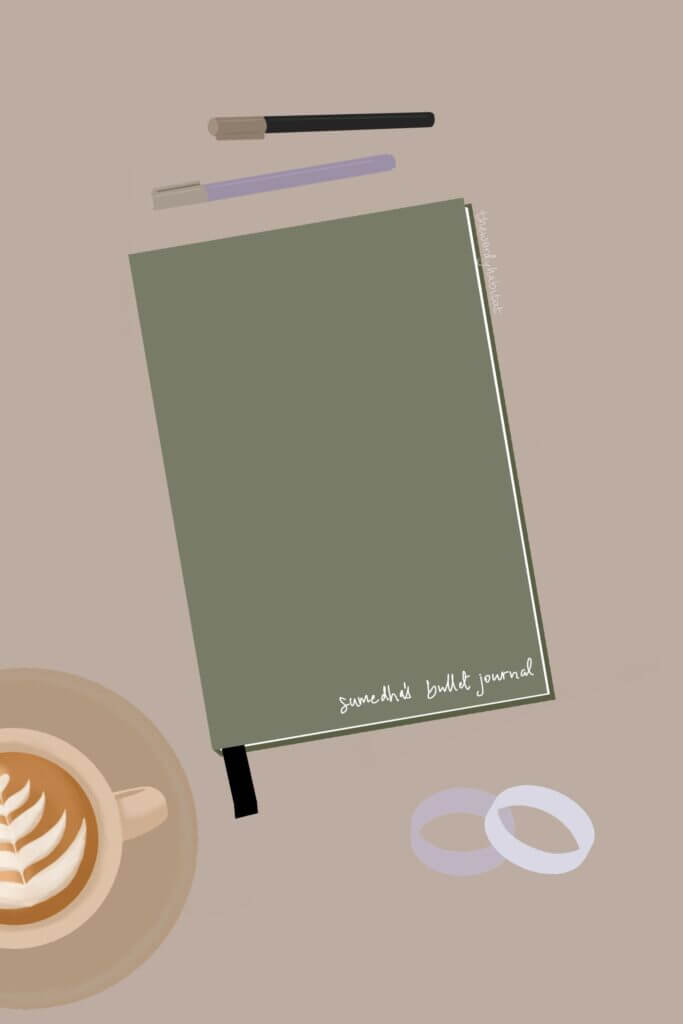
2. plan your pages
Instead of directly going in with a pen, plan what you want to have in your bullet journal first.
There are some annual spreads that most people use like the year at a glance, future log, index, and key. These spreads will be useful references during the entire time of using the journal. I would suggest starting off by using these pages and removing them in further notebooks if they are useless to you.
You can consider adding more annual pages but don't add too many as they will be hard to track and update throughout the year. Keep these to a minimum.
Next, monthly pages. There are some staple monthly pages that almost every bullet journalist uses. I highly recommend adding those in as they will definitely help organize your days.
There are more monthly pages that you can add such as a mood trackers, reading list etc. but again, don't set up too many to track. It will be hard to update every day and may hinder your organization.
For your first bullet journal, keep only the spreads that you think you really need. Even if other spreads sound like a good idea and look aesthetic, don't go for them. Allow yourself to get into the habit of keeping a bullet journal first and then you can go for more pages.
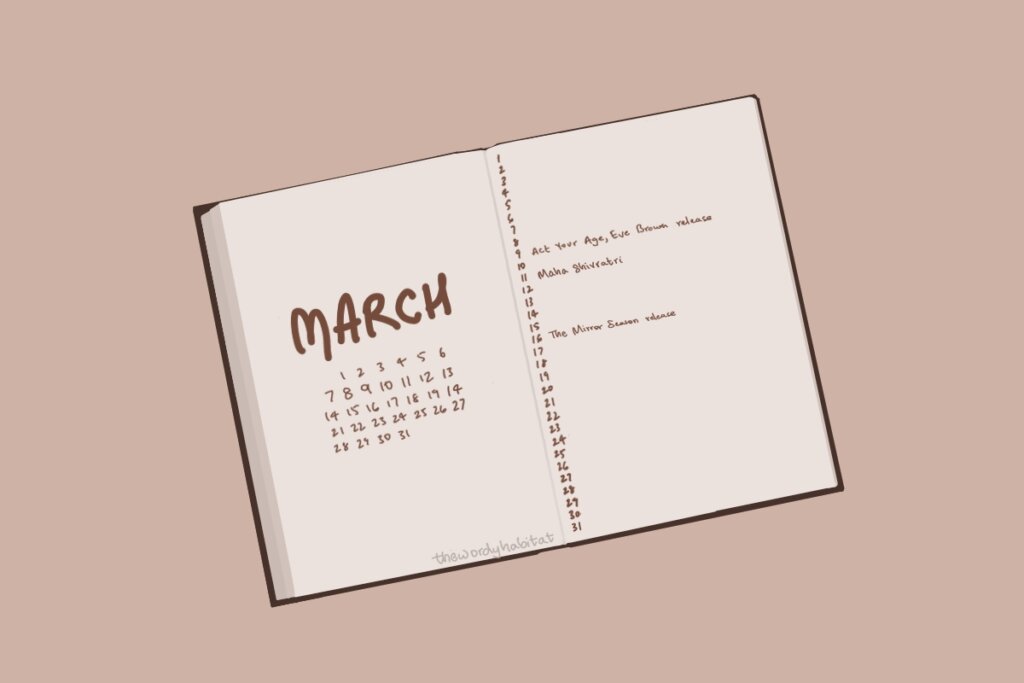
3. setup your pages
Pick up a pencil and mark your pages first. If you want to draw any boxes or draw sketches, do them with a pencil. This allows you to visualize your bullet journal setup better. Once you are satisfied with it, setup the pages with pens.
This takes the most time as you are actually setting up everything by hand. You may make mistakes along the way (I do almost every month haha) and you can cover them up using scrap paper or other ways.
Don't concentrate on making your pages perfect. They don't have to be something presentable. As long as they're usable, they're good.
After setting up the bare bones of your pages, you can go back and add decorative touches to all of them. Easy ways to decorate would be to use stickers, draw flowers and leaves, or highlight the headings.
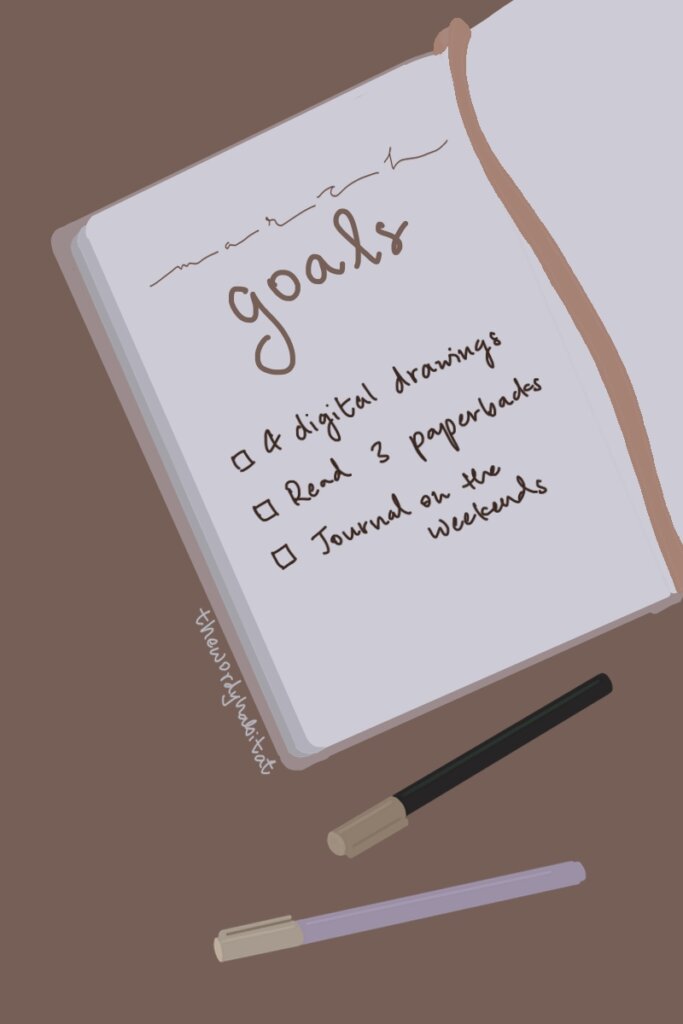
4. start using it!
One thing I've noticed many beginners struggle with is incorporating the bullet journal into daily life. You need to make it a habit so that, eventually, you use your bullet journal for at least 10 minutes a day for organization.
But habits don't form easily. It will take time to get used to the bullet journal and to make it a part of your daily routine. Don't assume that you will start using the bullet journal every day without fail.
The best part of the bullet journal system is its flexibility. You don't need to write daily to-do lists. You don't need to have things to write in it every day. You can skip days when you want to, and it's completely alright. Whatever works for you is good.
It will definitely help to use your bullet journal every day but sometimes we simply don't have anything to write in them and it's alright. Skip a day or two and come back without any guilt. Use it when you need it.
How to use your bullet journal and make it a part of your routine:
- Check your bullet journal every morning/night and check upcoming important dates in your monthly calendar.
- Write to-do lists on the days when you need to track tasks and remember any notes.
- Write down any random thoughts or tasks that you have to organize later.
- Track your expenses by writing them in the bullet journal.
- Track you habits by checking off what you did every day.
- Make weekly spreads if you have a busy week and need to look at it all in one glance.
- Note important facts like doctor's appointments, menstrual cycles, packages you received etc.
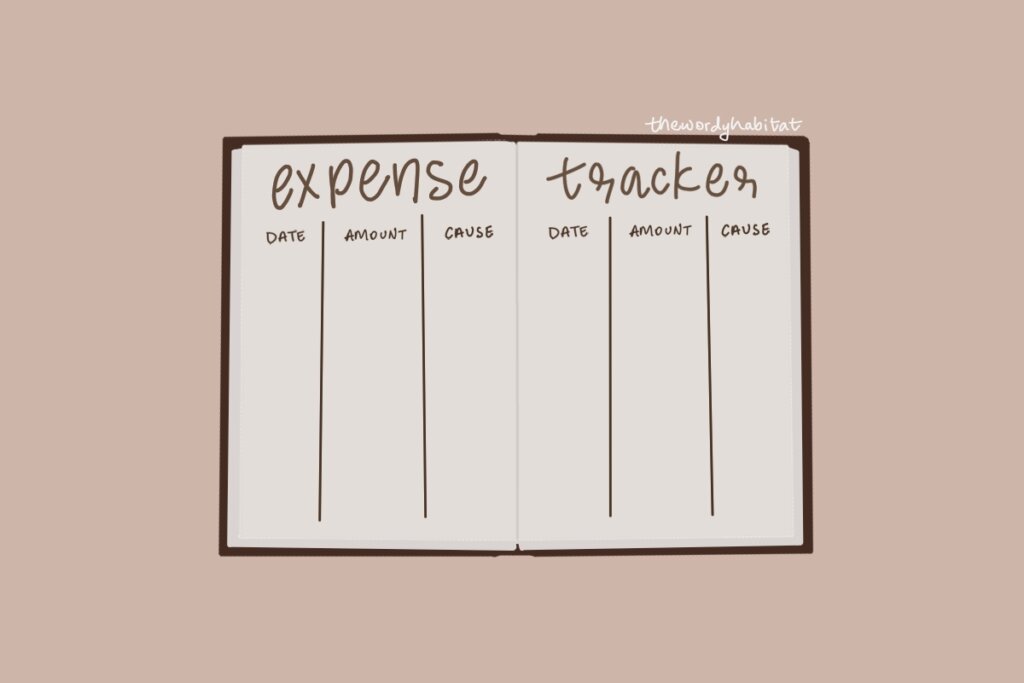
5. be open to experimentation
The bullet journalling system is highly personal for every individual. What works for others may or may not work for you.
Try new spreads and layouts as time goes by and see what works better for you. Don't expect to get it perfect in the first try. And don't focus on aesthetics immediately! Once the usability is sorted, your aesthetic will come through soon enough.
Generally the first bullet journal is always considered as the "trial bullet journal" as you will be trying many different things in order to find the perfect setup for you.
The spreads you need will change depending on changes in your life. My bullet journal now looks very different compared to two years back when I was in college. Your life determines what spreads you need.
Always be open to change and trying new spreads. Stop using pages that don't help anymore. These two points will make sure that your bullet journal continues to be a good organizational system for you.
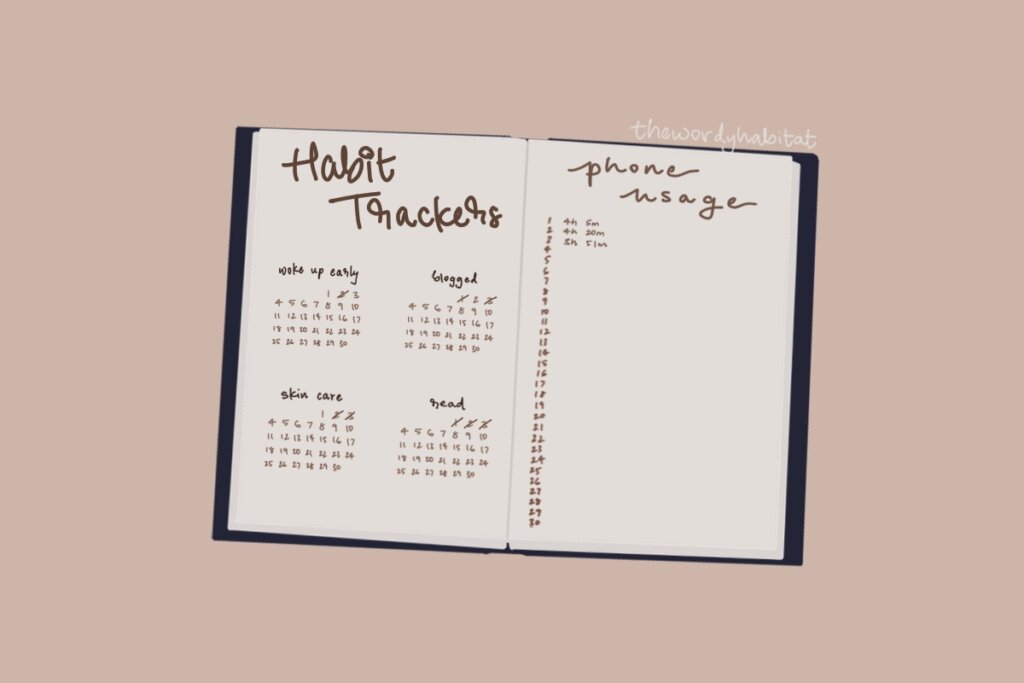
how to start a bullet journal in the middle of the year
Starting a bullet journal in the middle of the year is a huge point of contention with beginners. And it shouldn't be.
Can you start a bullet journal in the middle of the year? Yes! The whole point of this system is flexibility and it applies to everything. You can easily start a bullet journal in July or even December without worrying about the spreads. You can even start in the middle of a month!
If you're confused and not sure sure about how to setup a bullet journal in the middle of the year, here are some suggestions:
- If there is more than one month in the current year, you can have a future log or calendar with only the left over months.
- Have "year" cover pages to denote that year is in the notebook and to differentiate years in the bullet journal.
- Split the notebook into different sections to differentiate the years. I do this by sticking washi tape on the edge of the first page of the next year. You can do it with tabs or other markers as well.
- Goals section is timeless. Even if you're starting late, go ahead and make an annual goals page.
- "Year" pages like "year in pixels" and "year in photos" can be tricky. It's totally up to you on how many months to include and where to place it. The straightforward way would be to have it only for the months that are included in that notebook.
- If you would like to just start with day-to-day planning, you can forego annual spreads entirely and make monthly pages.
summary
- Collect tools for bullet journalling.
- Plan your pages.
- Setup your pages.
- Start using it!
- Be open to experimentation.
bullet journal setup checklist
To make your bullet journal setups a little bit easier, I've made a checklist of basic bullet journal pages that are advisable to have. You can use this to set up your first or any bullet journal as it will remind you of all the spreads that you need.
If you are already a part of the inner circle, you can access the checklist in the resource library directly. If not, you can sign up for free and get instant access through the form below!
endnotes
As I mentioned earlier, it will take time for you to figure out what works best. That doesn't mean that the bullet journal won't immediately help.
Spreads like expense trackers and habit trackers can be very useful in cultivating your ideal lifestyle. You can play around with the layouts and what details to include but the core concept of the bullet journal is to organize your life and help you grow.
Spend 10 minutes every day updating your bullet journal and planning for the next day. These 10 minutes will make your upcoming day much smoother.
If you are unable to update your bullet journal for a while or miss months of spreads, don't worry about it. You can always come back to bullet journalling without guilt. There is no rule that you have to maintain it every single day, week or month. Use it when you need it, and unapologetically let it be when you don't need it.
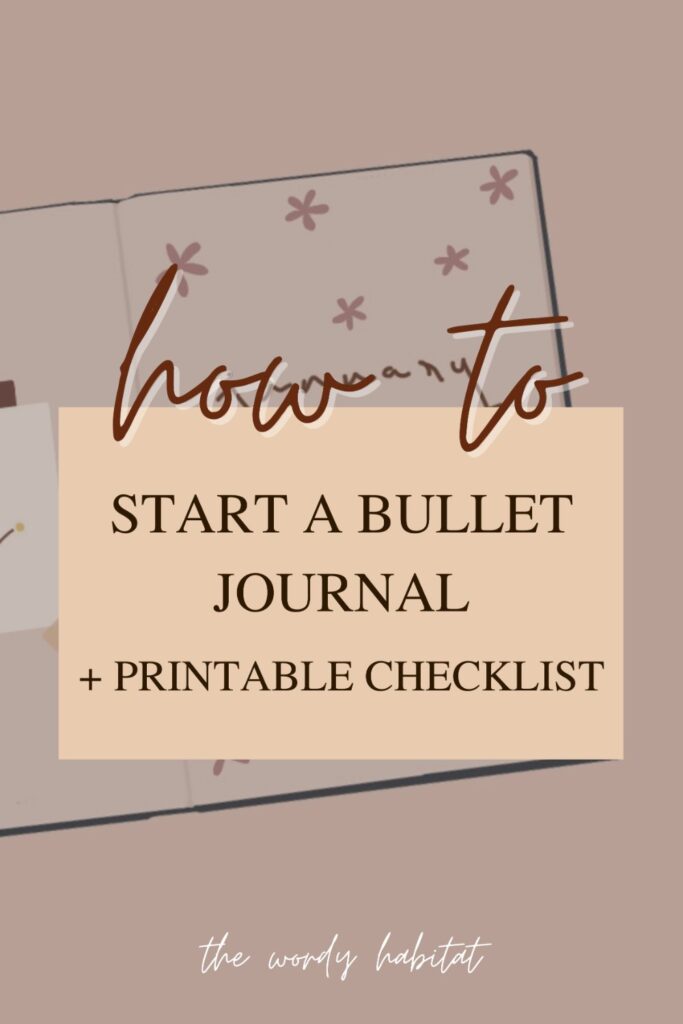
chat with me!
Are you ready to start your own bullet journal? Or do you already use a bullet journal or another form of organization? What area of your life needs the most organization?
If you have any questions or doubts, drop them in the comments and I'll get back to you ASAP.
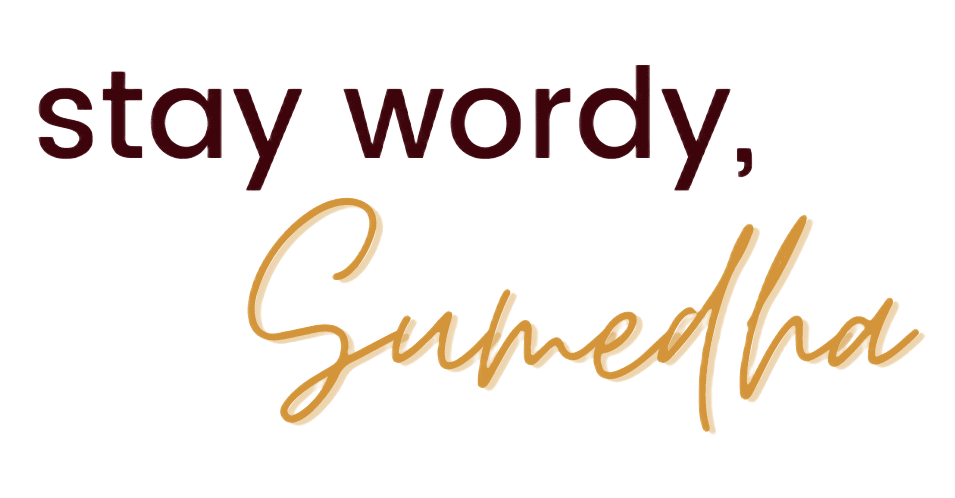

Been using one since 2015 and I can absolutely vouch for this! Life is so much more easier now!
Right?! Bullet journals saving our scattered minds ?
This motivates me you know ? I just started on my cover page for June.. I'm shitty at keeping up with my first tiny journal but I'm not giving up after seeing this post ??✋
You can do it! Even I'm finding it hard to maintain mine during this time so it's mostly a journal than bujo at this point ?
That's a little good to hear ??? I'm gonna try to be up to it for the next few months